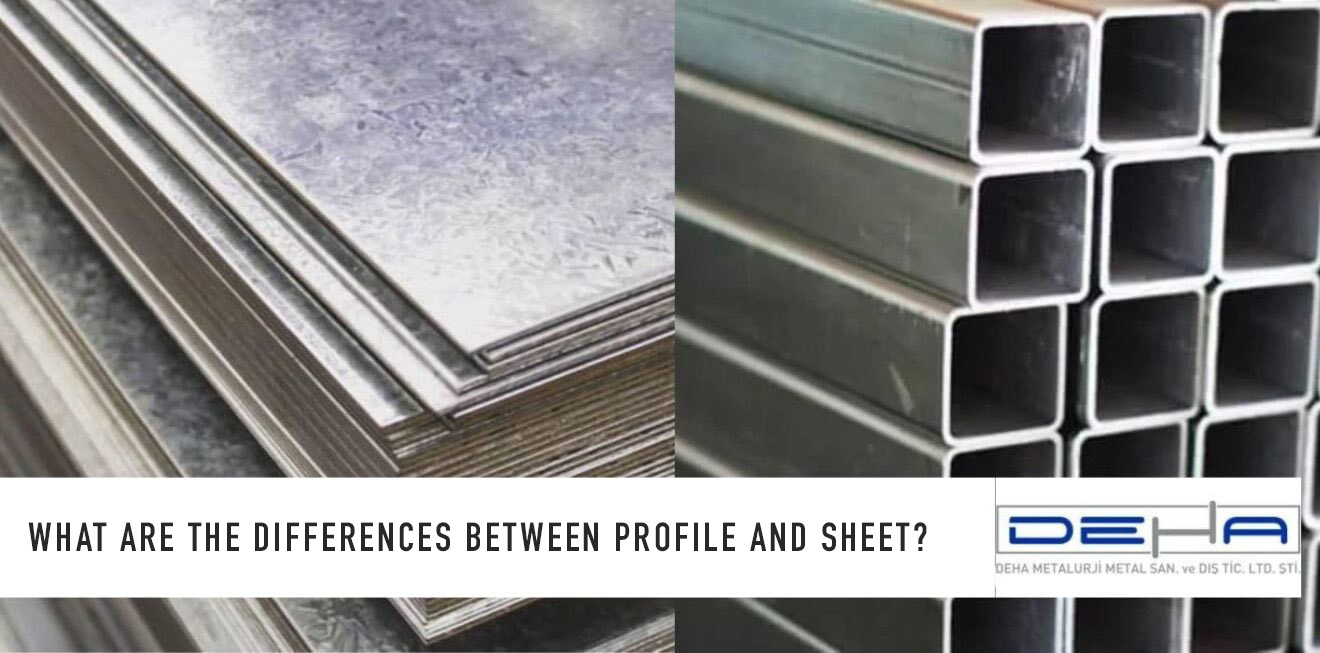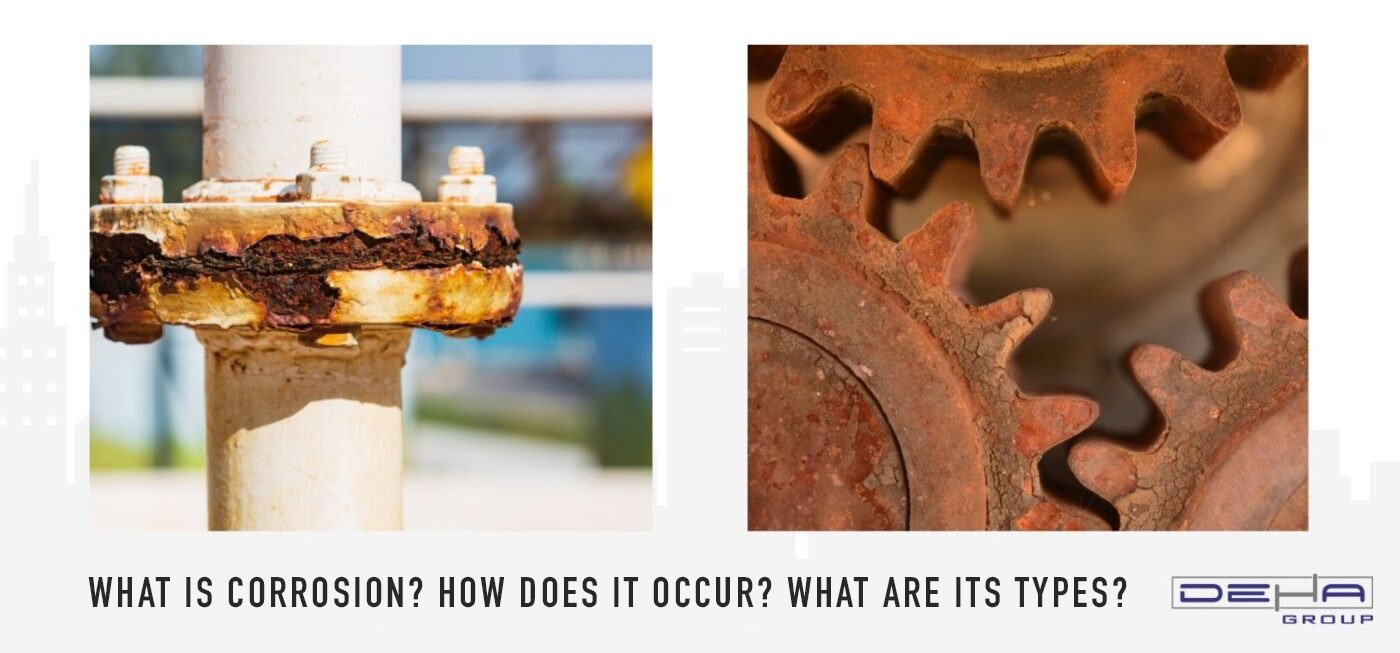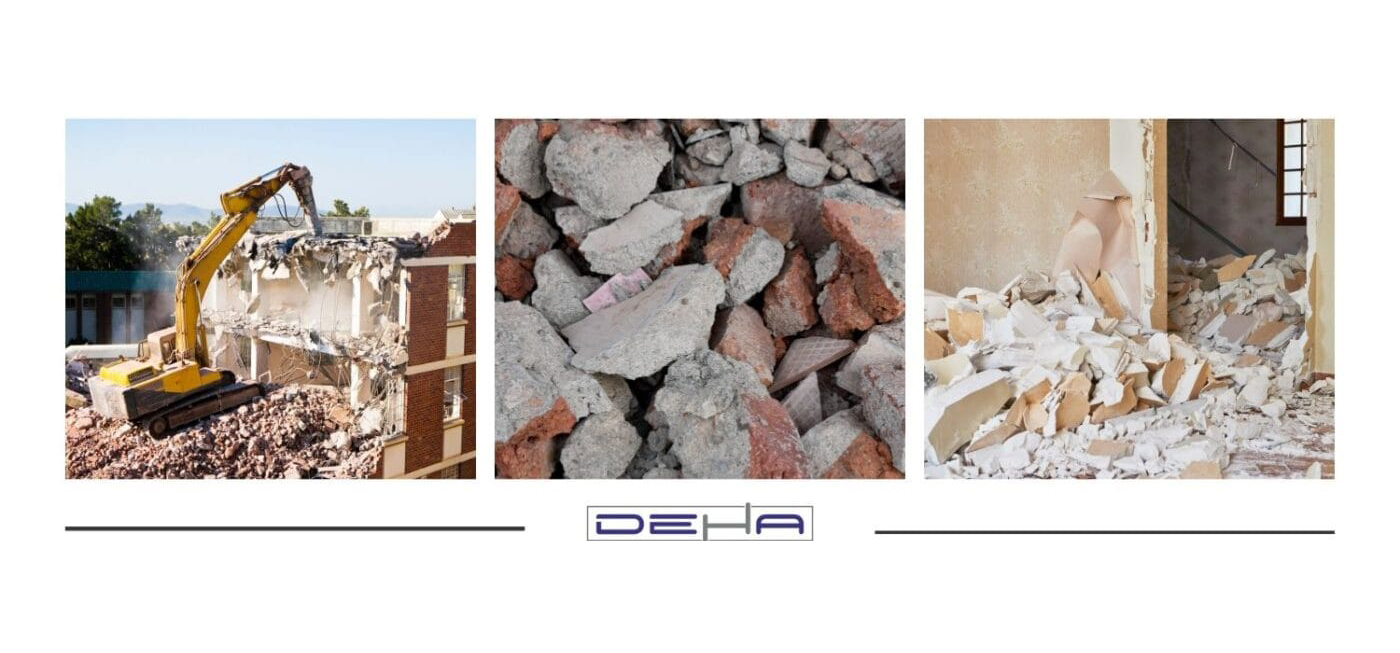
Risky building assessment is a crucial step in ensuring the safety of buildings, especially in earthquake-prone areas. This process, which is conducted by thoroughly examining factors such as the building's load-bearing systems, material quality, and ground conditions, aims to minimize loss of life and property in the event of a disaster. For buildings identified as risky, a decision is made either to demolish or reinforce them. Each of these processes requires careful planning and technical knowledge, ensuring that both environmental impact is minimized and building safety is maximized.
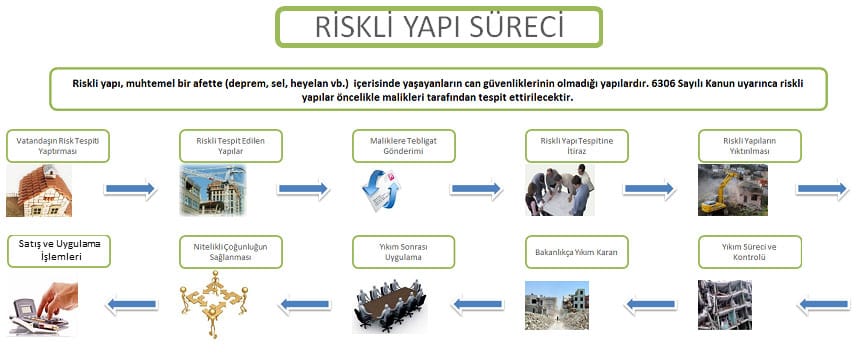
The technical analyses conducted to assess a building's resilience against earthquakes and other natural disasters are referred to as risk assessment for buildings. In regions with a high earthquake risk, such as Turkey, these assessments have become a legal requirement. Conducted in accordance with the criteria determined by the Ministry of Environment and Urbanization, these inspections result in comprehensive reports prepared by expert engineers. This process is of great importance to ensure the safety of structures and to prevent potential loss of life and property.
Conducting this assessment is necessary not only after major earthquakes but also at regular intervals based on the age of buildings and their construction materials. Building owners are obligated to carry out risk assessments to ensure the safety of their buildings and the safety of neighboring buildings as well.
The determination of whether a building is at risk involves several stages, and each step must be meticulously applied. In the first stage, the building's static calculations are reviewed. During this process, engineers assess the durability and structural integrity of the building's load-bearing systems. The condition of critical load-bearing elements such as columns and beams is examined carefully. If issues like deformation, cracking, or breaking are detected in these elements, it means the building's safety is seriously compromised.
Another important stage is the analysis of material quality. The wear and tear of concrete, steel, and other construction materials over the years can reduce the building's earthquake resistance. Engineers measure the quality of these materials through laboratory tests and on-site inspections. Soil investigation is also part of this process; even a solid structure can pose a risk if it rests on weak soil. The suitability of soil characteristics is examined to conduct a risk assessment.
The results of the risky building assessment are evaluated with reports prepared by expert engineers. If the building is classified as risky, this situation is reported to the official authorities, and the necessary legal processes are explained to the building owners. This report recommends either strengthening or demolishing the building. The strengthening process involves reinforcing the structure while maintaining its current state. If the building is too risky to pass the strengthening phase, the demolition process is initiated.
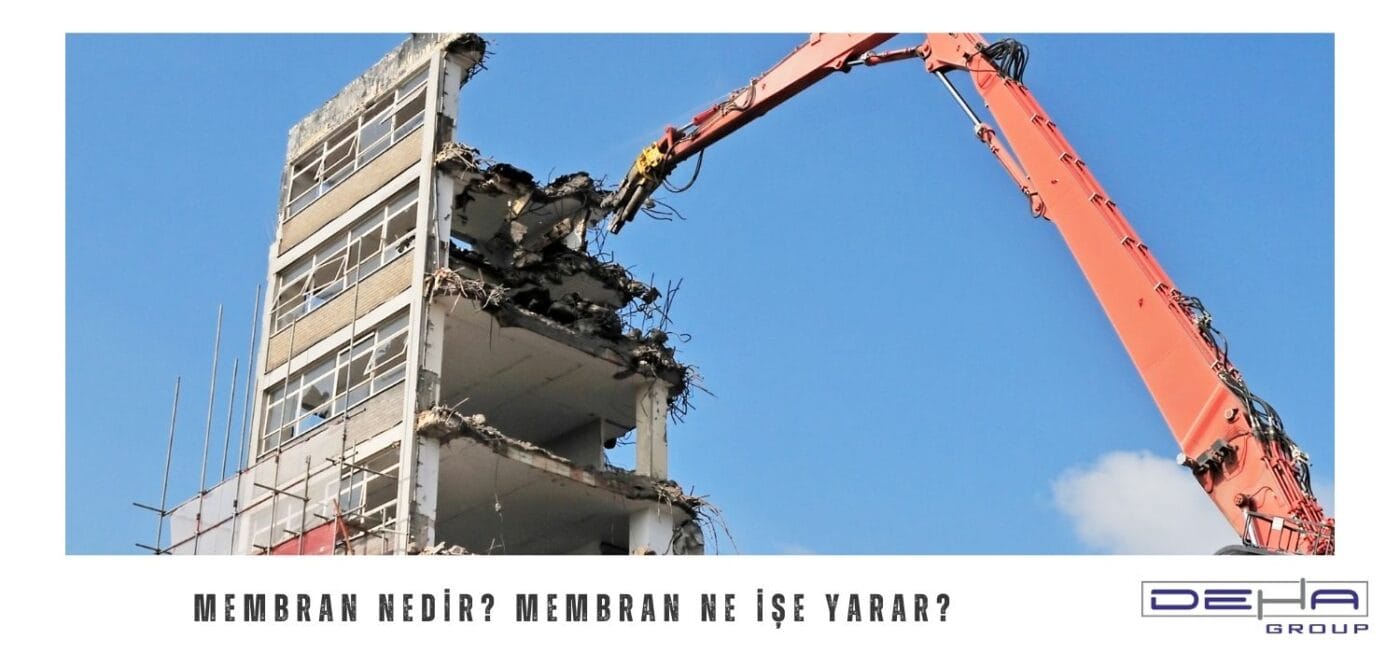
The demolition process of a risky building requires great care and planning. Especially in city centers or where there are other structures nearby, the demolition process should be conducted with high safety measures. The demolition process consists of creating a demolition plan, taking safety measures, demolishing the building in a controlled manner, and removing the debris.
In the first stage, a demolition plan is prepared by authorized engineers. This plan is critically important to prevent damage to surrounding buildings, avoid any loss of life during demolition, and ensure the safety of people in the vicinity. The building to be demolished is completely evacuated before the demolition day, and a safety perimeter is established around the building.
One of the most commonly used methods during the demolition process is controlled demolition using construction equipment. In this method, heavy machinery is used to remove parts from certain points of the building, and the structure is demolished in a controlled manner. If the height or structural condition of the building makes controlled demolition difficult, explosives are sometimes used for demolition. Explosive demolition is conducted by using explosives at pre-calculated points to ensure the building collapses in one go.
After the demolition, the debris removal process begins. The waste from the demolished building is separated into those suitable for recycling and those that are not. Materials like concrete and steel are sent to recycling facilities, while other waste is disposed of appropriately. This process must be carried out in a way that does not harm the environment and complies with waste management standards.
Some buildings can be made safe again through retrofitting instead of demolition. The retrofitting process involves a series of technical interventions to make the building's load-bearing systems more resilient. During this process, additional reinforcements are especially made to columns and beams. Additionally, the soil and foundation structures around the building are reviewed, and soil improvement works can be carried out.
Retrofitting is a more cost-effective alternative with fewer environmental impacts compared to demolition. However, this process may not be suitable for every building. The main factors determining whether retrofitting is possible are the building's overall structural condition and level of damage. If the structure has sustained very serious damage, demolition may be chosen instead of retrofitting.
Another important issue to consider during demolition operations is its environmental impacts. The dust, noise, and debris generated during demolition should be minimized in their effects on the environment. In addition to safety measures taken before demolition, environmental protection equipment is used to prevent harm to the environment. In particular, water spraying methods can be employed during demolition to prevent the spread of dust.
Noise pollution is another significant concern. Demolition machinery and explosions produce loud noises, so noise pollution in neighborhoods around the demolition site should be minimized. It is necessary not only to demolish buildings but also to protect surrounding green areas. Especially in large cities, demolitions should be conducted without harming the environment and in accordance with sustainability principles.

 TR
TR

